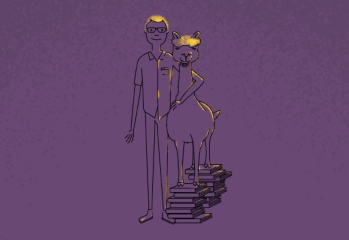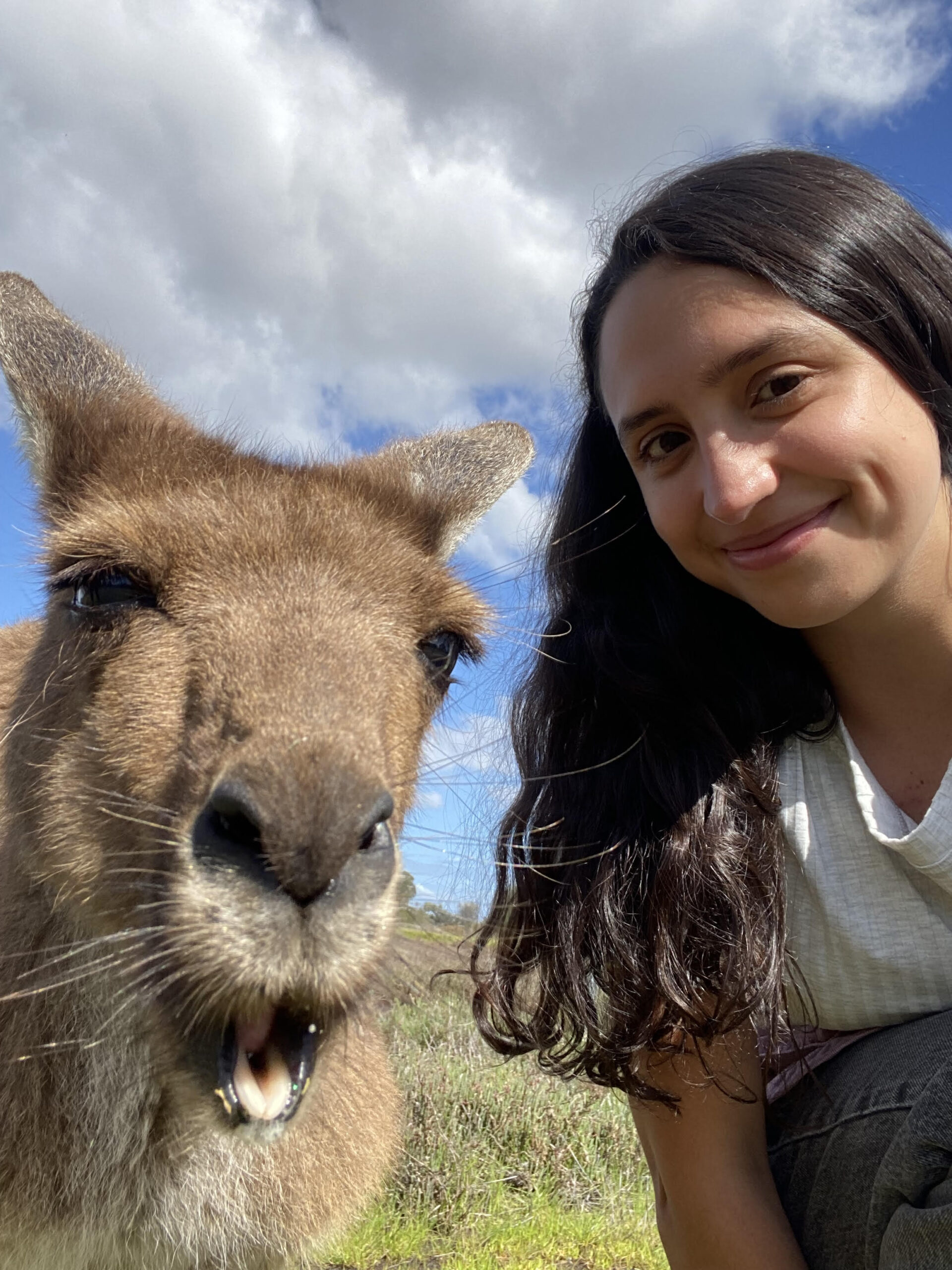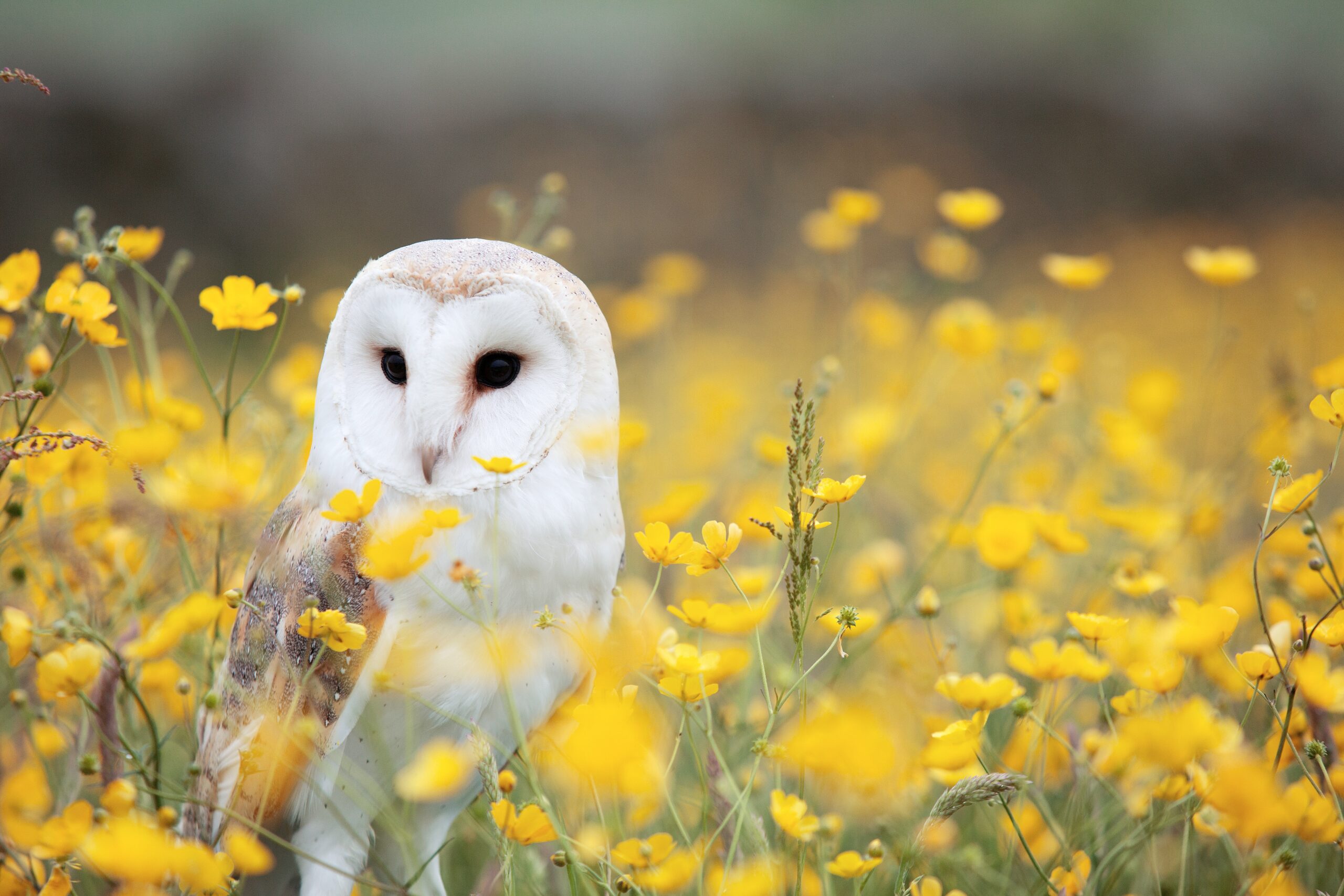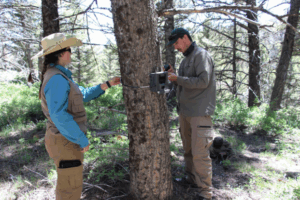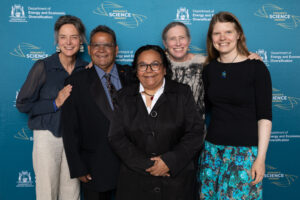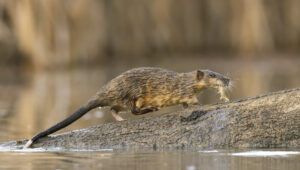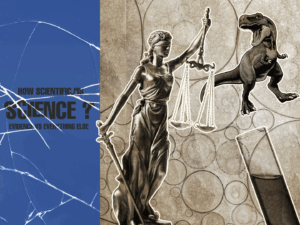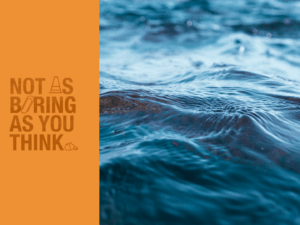We live in the Anthropocene – a time that privileges the human experience above all else.
The planet is continually harmed and exploited, making people seemingly oblivious to the human interactions that are integral to life.
What if the answer to a more harmonious co-existence could be found in the often overlooked natural world?
IMITATION OF LIFE
The term ‘biomimicry’ was popularised by biologist and writer Janine Benyus. It comes from the Greek bios (life) and mimesis (imitation).
“Our planet-mates – the fantastic meshwork of plants, animals, and microbes – have managed to turn rock and sea into a life-friendly home,” Janine wrote in her 1997 book Biomimicry: Innovation Inspired by Nature.
“They have done everything we want to do, without guzzling fossil fuel, polluting the planet, or mortgaging their future. What better models could there be?”
It’s in this spirit that people have drawn inspiration from nature’s forms and processes to create more sustainable and innovative technologies.
But biomimicry is more than good design.
BIOMIMICRY BEFORE ‘BIOMIMICRY’
Drawing inspiration from nature has been at the core of different knowledge systems for millennia.
Camilo Garzón is a philosopher and Program Director at the Biomimicry Institute’s AskNature hub, which was founded by Janine Benyus.
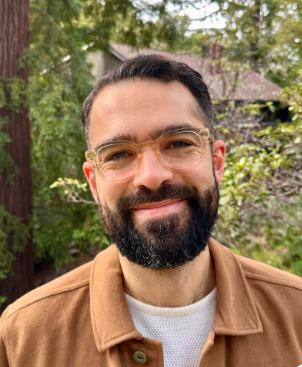
Credit: via The Biomimicry Institute
“Indigenous peoples around the world have used biomimicry, actively or passively, not necessarily [calling] it biomimicry,” says Camilo.
“It’s embedded in their world views.”
The cultural burning carried out by Indigenous Australians can be seen as a biomimetic practice.
“Nature teaches us that there are systems of disruption and renewal in what is known as the adaptive cycle,” Camilo says.
“It’s necessary to clear up for growth to actually happen.”
THE MODEL, THE MEASURE AND THE MENTOR
Camilo describes biomimicry as a philosophical school and method. It’s a shift from learning about to learning from nature.
Nature can provide lessons that can be applied to some of our current wicked problems. In times of hardship, nature can teach us about resilience.
“In a fire, gopher tortoises create a burrow. The burrow becomes a refuge for different species,” says Camilo.
“What can we learn from that in times of chaos? We could become more collaborative.”
Biomimicry is guided by three principles: nature as model, nature as measure and nature as mentor.
“What if nature [becomes] the measure of all things?” says Camilo. “You can just imitate it. But if you’re going to learn from it, you have to let it teach you.”
Caption: Fire is an important part of healthy ecosystems.
Credit: Overlay by Jen Fredette/The Biomimicry Institute
Embracing nature as a mentor means recognising non-human beings as sources of knowledge and wisdom.
It invites us to see nature in a new light.
THE GENIUS OF NATURE
Anthropocentrism is the belief in the supremacy of humans over the natural world and other beings. Under this logic, humans exist above nature.
Biomimicry invites us to question this belief and our place on Earth – and the idea of any species being at the centre.
“If life is at the centre, then there is no centre,” says Camilo.
“It is about looking at how interdependent we are with nature – what we do to nature will affect us as well. Yes, we’re special. But so are these other species.
“The best part about biomimicry is we can get to a point in which we’re acknowledging the genius of nature.”
